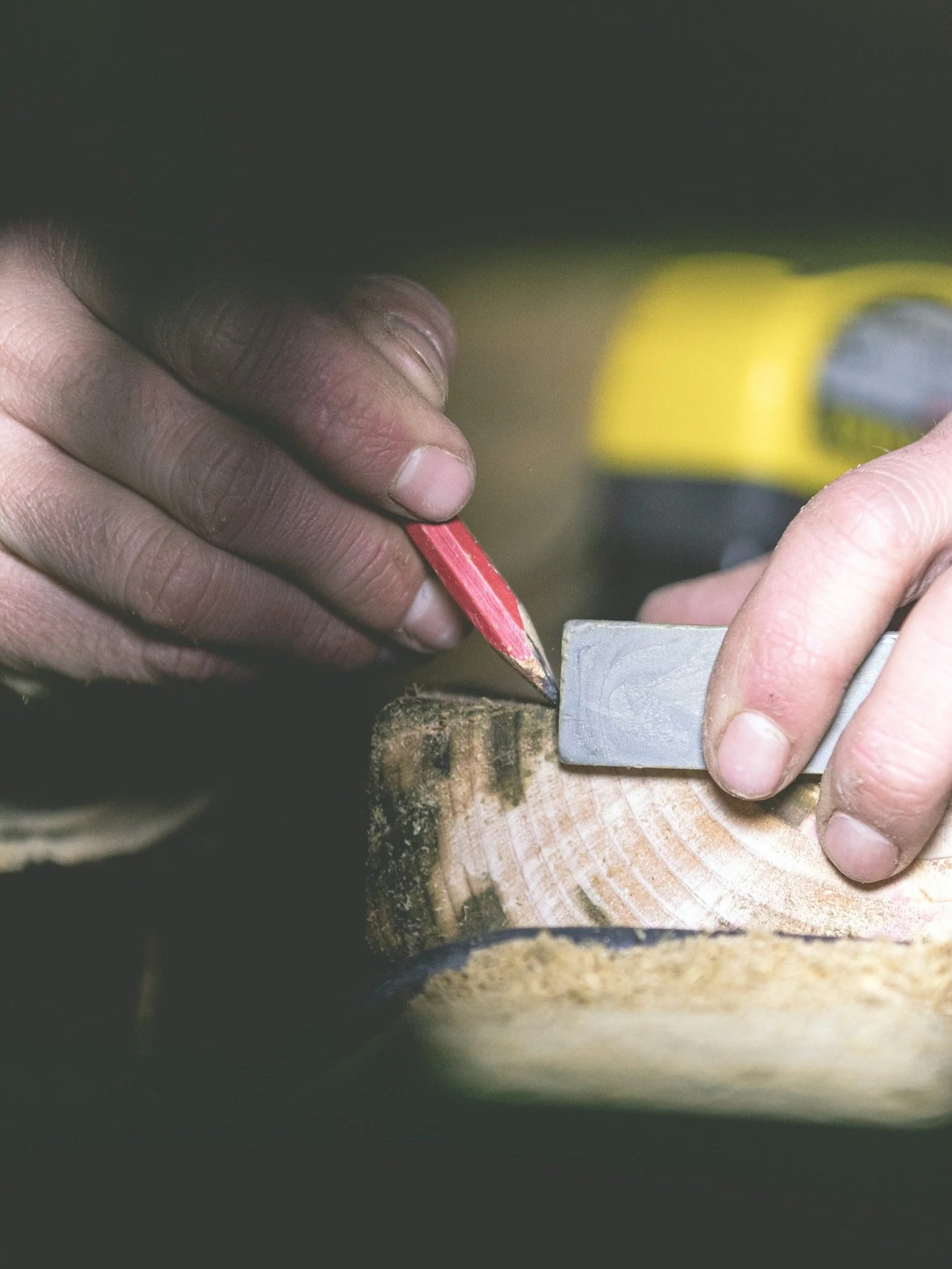If I Were Starting Real Estate Investing in 2025, Here’s Exactly What I’d Do
“If I could go back and start my real estate investing journey from scratch — knowing what I know now — this is how I’d do it. No fluff. No get-rich-quick scheme. Just a step-by-step plan for buying your first rental property the smart way.”
Step 1: Get That Down Payment Together
You don’t need to be rich. You just need a plan. Here's the down payment breakdown:
5% on the first $500K
10% on the portion between $500K and $1.5M
Over $1.5M? You’ll need 20% down - but really, I don’t recommend going that high for a rental, 800k sounds like the high end of what I’d aim for - your margins won’t be as great for an expensive rental, plus that’s a huge chunk of change. Keep those lofty goals in your back pocket for your future real estate investing!
Tip: If you have less than 20%, you’ll pay mortgage insurance - but the upside is you actually get better rates.
If you have 20% down - well La-dee-da! You can avoid CMHC insurance. Hooray!
Gift from parents? That’s allowed. Just need a signed letter.
Step 2: Not Enough Income? Bring Backup
Can’t qualify on your own? Tag in:
Mom or Dad as a co-signer
Your sibling, girlfriend/boyfriend or best friend as a joint buyer/roommate
You’re not the only one buying - but you’re building equity and getting in the game.
Tip! When you purchase together, you can request your lawyer register you as tenants in common, vs joint tenants - this just means that you can list how much each buyer has investment stake in the property if you decide to sell in the future.
This is important if you’re bringing 75% of the down payment to the table, and your bestie is bringing 25% - now it’s clear where the proceeds go if you do sell!
Step 3: Get Pre-Approved by a Mortgage Broker Who Gets Rentals
Don’t just walk into your bank. Statistically, the person assisting you in the branch has been in their role for likely 2-3 years tops and are aspiring to make their way to head office for the big bucks - and this is their stepping stone. Not only that - banks only have access to their mortgage products, so if their rental products suck, and you get your advice from them? You may think it’s a lost cause, and you stop here. It’s not like they 1) know other lender products and 2) say “hey, try ABC bank down the road instead”.
But you won’t stop here - no. You’re a whip smart new investor.
What you’re going to do is what all smart investors do.
You seek out a broker who’s worked with duplexes and accessory units.
Ask questions like:
Can I use rental income to qualify?
Can I get a Purchase + Improvements loan if the house needs a little TLC?
What happens if I want to move out later and rent both units?
A great broker loves explaining this stuff - so ask away.
Step 4: Find a Realtor Who Knows Duplexes
You want someone who:
Knows what a legal unit looks like, or at least legal non-conforming
Has done this kind of deal before - ideally, have done it themselves too
Can tell you, “This place will cash flow - this one won’t”
Pro tip: Wartime houses with side doors are amazing. They’re small, well-built, and that side door often leads right to a basement = perfect two-unit setup.
Step 5: Know the Rents in the Area
Look at rental listings on:
Facebook Marketplace
Rentals.ca
Kijiji
Ask your realtor or property manager too.
And yes - live in the basement if you want better cash flow. You’ll save more and buy faster again.
Step 6: Learn Your Rights (And Your Tenant’s)
Before you rent a unit, learn the basics:
Read the Landlord-Tenant Board website (or provincial equivalent)
Join a landlord Facebook group
Lurk on Reddit (seriously, some gold in there)
This isn’t scary - but it’s serious. Smart landlords don’t get blindsided.
Step 7: Explore Renovation Loans (Purchase + Improvements)
If the home needs work, this is your secret weapon.
Here’s how it works:
Get quotes from contractors (your realtor probably knows good ones)
Provide the quotes to your mortgage broker
They will pass it along to the lender, and the lender will base their approval off of that, or ask additional questions
At funding, you’ll get the mortgage set up
For the improvements side, you’ll need to pay out of pocket for it (for now!)
Once the work is complete, an appraiser will come through to make sure the renovations are complete
The lender will receive the report, and instruct your real estate lawyer to release the funds to you
Your broker will keep you updated every step of the way
Heads up: Your down payment is based on the total of purchase price + renovation costs. And like mentioned, the renovations will have to come out of pocket and you would seek reimbursement - plan for that!
Final Step: House Hack, Save, Repeat
Move in. Rent out the other unit.
While you live there:
Save money faster
Improve the unit you live in
Get ready for your next property
Then?
Rent out the whole place. Move into your next one. Do it again.
This is how normal people - not millionaires - build real wealth in real estate.
Want to learn more? Sign up for my free Real Estate Guide here!
Final Thoughts:
You don’t need 20% down.
You don’t need to be rich.
You just need a plan - and people who know how to help.
Want to know how much you qualify for? Let’s chat and make your perfect game plan to become a savvy investor.
Jeff “I love Rentals” Dinsmore
Mortgage Broker



